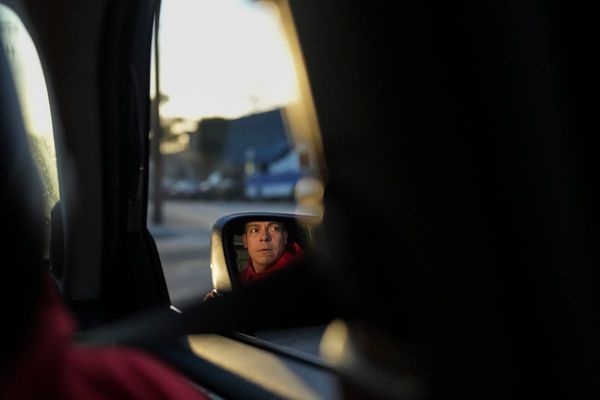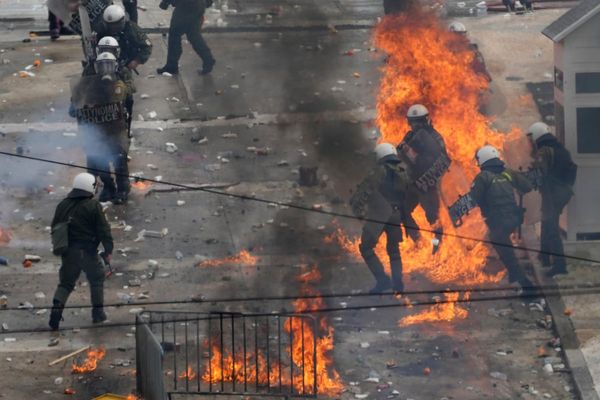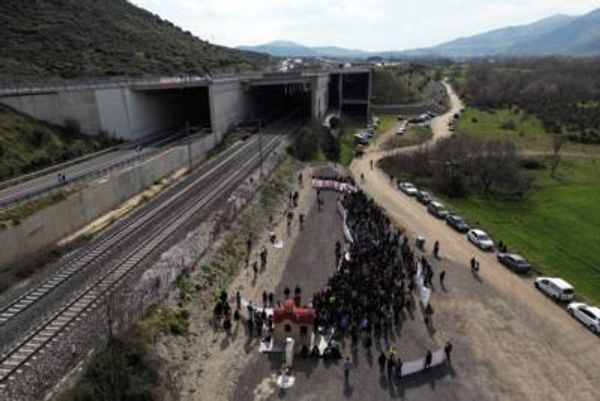Achapan (70) lives with his wife, daughter, and his grandson atop a hill in Wayanad, Kerala. He built his two-room house through a State housing scheme for Scheduled Tribes. He worked as a daily-wage labourer till he had a stroke at his work site in 2009. Since then, he has had multiple episodes of hospitalisation. For follow-ups and medicines, Achapan walked at least 12 km through the hilly terrain to the nearest government medical facility. In 2018, a Wayanad-based community palliative care organisation arranged weekly home visits by a nurse and a volunteer team for Achapan. They provide free medicines and doctor visits when required. In these ways, the community organisation provides ‘total care.’
A global exemplar
The World Health Organization (WHO) considers palliative care as an approach to improve the quality of life of patients and families confronting life-threatening illnesses such as cardiovascular diseases, cancer, and chronic obstructive pulmonary disease. The 2018 Lancet Commission on palliative care and pain relief refers to such conditions as ‘serious health-related suffering’ that requires physical, social, spiritual, and emotional support alongside medical intervention. More than 80% of individuals who experienced serious health-related suffering in 2015 were from low- and middle-income countries. As a middle-income country with an ageing population and a growing non-communicable disease burden, how equipped is India to deal with large-scale serious health-related sufferings? Quite poorly as India struggles with approximately 4% coverage for palliative care unevenly anchored around mega cities. In sharp contrast with the rest of India, Kerala’s palliative care model is a global exemplar in inclusive care infrastructure.
In 1993, Dr. M.R. Rajagopal and his student, Dr. Suresh Kumar, experimented with a pain relief clinic for terminally-ill cancer patients at the Government Medical College, Kozhikode. This experiment mushroomed over the years into more than 400 community palliative care organisations across Kerala, driven by volunteers and nurses, with doctors’ home care on a need-basis. Volunteers from diverse social groups looked beyond terminal cancer, including what was then considered unconventional conditions for palliative care such as spinal injuries, HIV/AIDS, and geriatric cases. Volunteers also understood the social suffering of families in their neighbourhood when confronted with such conditions. An early volunteer reflected that “where doctors know symptoms, volunteers understand suffering”. The community identified that “the patient’s suffering is 20% medical, 80% social” and reframed care. Community ownership brought in home-based ‘total care’, i.e., medical, social, financial, bereavement, and rehabilitative support for patients and families. Kerala was experimenting with a community model distinct in scale and scope from hospital-based approaches in the rest of the world.
By 2004, community organisers felt the need for the State’s involvement. What began as the Pariraksha project with Malappuram panchayats cascaded into a landmark palliative care policy introduced by the Left Democratic Front government in 2008. Over time, all 14 districts provided palliative care, with mandates at the primary, community, and tertiary levels.
Certainly, an evolving healthcare field creates new challenges. For example, metrics for evaluating palliative care delivery are primarily developed for hospitals and hospices in the Global North. Public health integration remains uneven across Kerala. Nevertheless, through 30 years of this evolving model, we now see the societal consequences and spin-offs. As per the 2018 Lancet report, Kerala has a network of over 841 of India’s 908 palliative care sites — one of the largest palliative networks in the world.
Further, community mental health initiatives have spun off from Kerala’s palliative care movement. Kerala mobilised palliative networks for relief work during the 2018 floods. It was arguably the only Indian State where the government routinely referenced palliative care during COVID-19 briefings. Overall, Kerala’s community palliative care model merits attention as a global exemplar, not just for healthcare, but also for broader social and public innovations.
Practice implications
Firstly, only 14% of patients who need palliative care worldwide receive it, highlighting the limited access and affordability of hospitals and hospices. Kerala’s community model covers more than 60% of the patients. The Institute of Palliative Medicine in Kozhikode and Pallium India in Thiruvananthapuram are nodal organisations offering training informed by the community approach for doctors, nurses, and volunteers. Second, public health palliative care integration debunks myths about the “impossibility of public health infrastructure in India” or that “the State cannot deliver healthcare”.
The State and the community created possibilities for the private sector, creating a ‘crowding-in effect.’ Here, private healthcare must offer better standards than public and community organisations for patients to choose the former. Finally, the Kerala story exemplifies how diverse groups of people — across religious, caste, and gender divides — forged solidarities to create care infrastructure. These community organisations are strong reminders of how people organise across differences.
Devi Vijay is a professor at the Indian Institute of Management, Calcutta







